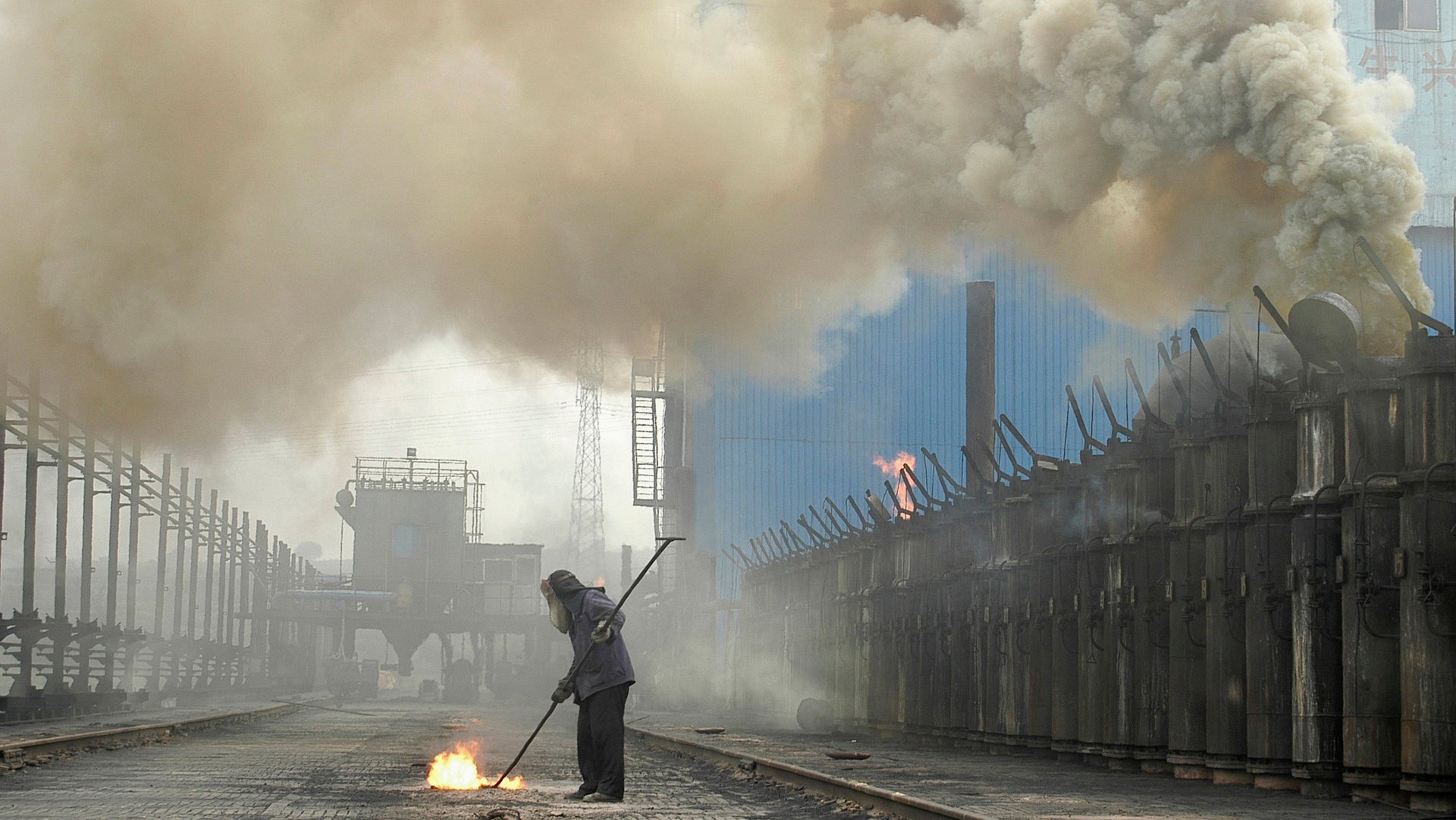After years of holding steady, carbon emissions are now moving in the wrong direction
Between 2014 and 2016, global carbon emissions stayed flat. That may have been false hope. New projections suggest that emissions in 2017 are likely to increase, thwarting the drive toward keeping global temperatures from continuing to rise.


Between 2014 and 2016, global carbon emissions stayed flat. That may have been false hope. New projections suggest that emissions in 2017 are likely to increase, thwarting the drive toward keeping global temperatures from continuing to rise.
Under the Paris accord, the world needs to hit net-zero emissions by about 2050, meaning that we either stop burning fossil fuels or only burn them when we can capture and bury their emissions. Otherwise we won’t be able to keep global temperatures from rising more than 2°C above pre-industrial levels by the end of this century—a threshold beyond which dangerous changes to the climate may be irreversible.
The latest estimates were released at the climate talks in Bonn by the Global Carbon Project. Emissions have gone into reverse for a variety of reasons, with those from India and China rising faster than expected and those from the US and Europe failing to decline as quickly as expected.
“Global commitments made in Paris in 2015 to reduce emissions are still not being matched by actions,” says Glen Peters, a research director at CICERO, one of the authors of the new estimate. “It is far too early to proclaim that we have turned a corner and started the journey towards zero emissions.”
Countries met in Bonn last week to hash out better ways to coordinate climate action. In reply to Donald Trump’s intention to pull the US out of the Paris agreement, Syria and Nicaragua—the last two hold outs—have agreed to join the accord. A contingent of US lawmakers and philanthropists are telling other countries that Trump’s intentions don’t reflect those of the US as a whole.
🌍 Quartz is running a series called The Race to Zero Emissions that addresses the challenges and opportunities of climate action. Sign up here to be the first to know when stories are published.